The Birth of Tea in Britain: A 17th-Century Introduction
The story begins in the early 1600s, when tea first made its way into Britain. Historical records tell us that the Dutch East India Company imported tea as early as 1610 — initially, the beverage was a novelty and considered a medicinal tonic rather than a daily refreshment お茶百科1. Over the following decades, tea gradually captured the curiosity of a society eager for exotic eastern luxuries. By 1657, tea had begun appearing in London coffeehouses, and just a few years later, in 1662, tea took on a transformative role in British etiquette when Catherine of Braganza — Queen Consort to King Charles II — arrived with tea (and sugar) as part of her dowry 陽気な王様2.
17th-19th Century Tea Prices
To visualize the evolving affordability of tea during these decades, here’s an engaging carousel displaying comparative prices over the years:
- 1660s: Tea was priced at around two silver shillings per pound.
- 1850s: The price dipped significantly to under ten pennies per pound.
Click through the carousel for infographics illustrating these key years in tea pricing history!
The East India Company & the Monopoly That Made Tea “British”
Soon enough, tea became more than just an exotic curiosity. The British East India Company (EIC) seized the opportunity to control this burgeoning trade. Various historical sources place the establishment of their trading monopoly at different milestones:
• Some accounts note that in 1660–1669, the EIC gained exclusive rights and began major imports, while others pinpoint the year 1720 as a defining moment when the monopoly was firmly secured 日本紅茶協会3, Cutty Sark and the Tea Trade4.
Under EIC’s control, tea began to flow into Britain in ever-increasing volumes. With growing imports came innovative — but also sometimes draconian — tax policies. At one point, tea taxes soared as high as 119%, making the beverage expensive and even fueling a vast network of smuggling. The introduction of the Commutation Act of 1784 dramatically reduced these taxes to just 12.5%, broadening tea’s appeal beyond the wealthy elite BBC Bitesize5.
Royal Influence & the Rise of Tea Culture
Queen Catherine of Braganza’s influence in the 1660s was transformative. When she brought tea to the court of King Charles II, the luxurious new beverage quickly became a fashionable habit among the aristocracy. Catherine’s taste not only introduced Britain to tea as a beverage of pleasure but also set trends that would eventually trickle down through every stratum of British society 陽気な王様2.
Over time, what began as an elite indulgence evolved into a national obsession that laid the foundation for Britain’s long-standing identity as “The Land of Tea.”
Industrial Revolution & the Working-Class Tea Break
The dramatic tax reforms initiated in 1784 not only made tea more affordable; they also paved the way for tea to become a daily staple — especially among Britain’s working class. With the repeal of prohibitively high tea taxes, tea prices fell dramatically. This newfound affordability coincided with the rapid industrialization of Britain, when factory workers began enduring 12- to 14-hour shifts.
Key points during this period include:
• Tea Breaks Take Root: By the early 19th century, tea breaks had become an almost sacred ritual among workers. The introduction of the Factory Acts in 1833 even mandated official rest periods, during which tea was served to rejuvenate exhausted laborers Factory Act 1833 provisions6.
• Sugar’s Role: As tea consumption surged, so did sugar usage. Data from 1800 to 1850 reveals a strong correlation between the rising popularity of tea and increased sugar consumption, as the sweetened beverage became a symbol of modern working-class life 日本紅茶協会3.
This period saw the birth of a “common dish tea culture” — a social phenomenon where tea wasn’t merely drunk to quench thirst but became an integral part of daily communal life, complete with tea breaks, shared tin mugs, and simple accompaniments like biscuits or bread.
Compelled Overseas Cultivation: Tea, Opium, and Empire
Behind Britain’s tea boom lay a fascinating — and at times controversial — global strategy. Britain’s overwhelming demand for Chinese tea led to a detrimental trade imbalance: silver flowed out of Britain into China, as the Chinese only accepted silver in exchange for their tea. To turn the tables, the British East India Company embarked on two intertwined strategies:
- Opium Trade to Balance Silver Flow: The EIC began exporting opium grown in colonial India to China. Opium trade revenues helped offset British silver losses incurred by the tea trade BBC Bitesize5, アヘン戦争の流れ7.
- Forcing Tea Cultivation Abroad: In a daring and covert operation, Robert Fortune was dispatched in 1848 on a mission to steal tea plants from China. Disguised as a local Chinese merchant, Fortune infiltrated guarded tea gardens and smuggled out thousands of tea plants and seeds using Wardian cases, despite the often harsh survival rates once planted in India. His success laid the foundation for British tea plantations in India — and later in Ceylon (now Sri Lanka) — endowing Britain with greater self-sufficiency in tea production The Greatest Tea Heist8, Robert Fortune9.
This global chess game of trade, espionage, and economic maneuvering not only secured British interests but also reshaped entire regions by forcing the cultivation of tea in new lands. These colonial strategies remain a poignant chapter in the history of global commerce and imperial ambition.
Tea’s Enduring Legacy: The Victorian Era and Beyond
By the Victorian era, tea had ascended to an iconic status in Britain. More than just a beverage, tea symbolized refinement, social unity, and even moral rectitude. Afternoon tea became a revered social ritual both in genteel homes and in bustling factory settings.
The First Afternoon Tea
The concept of afternoon tea was introduced by Anna Maria Russell, the Duchess of Bedford, in 1840. She set a beautifully adorned table in her private rooms, featuring a delicate spread of sandwiches, scones, pastries, and, of course, tea. The aroma filled the air, a warm invitation that relieved the Duchess from the discomfort of hunger-induced headaches. This setting not only nurtured her spirit but also laid the groundwork for a beloved British tradition.
This period cemented tea’s role in British culture as follows:
• Formalized Social Rituals: Afternoon tea and high tea ceremonies became entrenched in daily life, emphasizing both its social and practical value. • Cultural Integration: Regardless of class, tea consumption spilled into every part of society — from aristocratic drawing rooms to working-class lunch breaks — ensuring its legacy as a unifying national habit.
Modern-Day Tea: 21st-Century Consumption and Market Trends
Fast-forward to today, and Britain’s love affair with tea is still as strong as ever. Recent statistics testify to this enduring passion:
• Nearly Universal Daily Consumption: A 2024 study by the UK Tea & Infusions Association reports that 98% of Brits drink tea every day UK Tea and Infusions Association’s Tea Census Study10. • Average Cups Per Day: More than 100 million cups are consumed daily across the country—with estimates indicating an average of about 1.5 cups per person per day Nearly Everyone in the UK Still Drinks Tea11. • Market Leadership: In 2024, brands like Twinings lead the market with sales surpassing $134 million, followed closely by Yorkshire Tea and even PG Tips, which is now refocusing its strategies on sustainability Twinings Overtakes PG Tips…12.
Here’s a quick table summarizing some key market data:
| Brand | 2024 Sales Value | Notable Strategy | Source |
|---|---|---|---|
| Twinings | $134.2 million | Premium Superblends and Cold Infuse teas | World Tea News12 |
| PG Tips | $122.7 million | Emphasis on sustainability and biodegradable packaging | World Tea News12 |
| Yorkshire Tea | $121 million | Robust growth through traditional strength and regional marketing | World Tea News12 |
Even as consumers shift towards premium and organic varieties (with organic tea markets growing at a projected CAGR of 13.9% and expected to reach $1.91 billion by 2028 Organic Tea Global Market Report13), tea remains deeply interwoven into the very fabric of British life.
Interactive Quiz: Which Historical Tea Drinker Are You?
Before wrapping up, take a moment to enjoy this interactive quiz: “Which historical tea drinker are you?” Options include “Catherine the Trendsetter” or “Factory Worker Brew Master,” revealing shareable results reflecting the personalities that have shaped tea culture.
Conclusion: Why Britain Is Truly the Land of Tea
From its modest introduction in the early 17th century to the sophisticated social rituals of the Victorian era — and continuing now into the 21st century — tea has shaped and reflected the evolution of British society. Royal influence, economic monopolies, industrial work habits, and even controversial global trade maneuvers have all contributed to the nation’s iconic reputation. Today, nearly every Briton claims a daily cup of tea, a tradition that bridges history with modern lifestyle, affirming Britain’s status as “The Land of Tea.”
This journey is as much about cultural identity as it is about economics. As you sip your favorite brew, remember that every cup carries centuries of transformation, ingenuity, and shared heritage — a legacy steeped in rich history and robust flavor.
!1700s Political Cartoon14
!1940s Tea Revives You Poster15
!Modern Bubble Tea Shop Queue16
The Takeaway
- The story begins in the early 1600s when tea first made its way into Britain; it was imported as early as 1610 and initially considered a medicinal tonic.
- In 1662, tea transformed British etiquette when Queen Catherine of Braganza brought it (and sugar) as part of her dowry, marking its entry into the aristocracy.
- The British East India Company secured a monopoly on tea imports between 1660–1669 (or by 1720), with tea taxes at one point soaring to 119% before the 1784 Commutation Act reduced them to 12.5%.
- During the Industrial Revolution, tea became a daily staple for workers; by the early 19th century, tea breaks were formalized with the 1833 Factory Acts ensuring official rest periods.
- The Victorian era solidified tea’s cultural role, highlighted by the introduction of afternoon tea by the Duchess of Bedford in 1840, which evolved into a beloved national ritual.
- In modern times, tea remains a cornerstone of British culture with nearly 98% of Brits drinking tea daily, and prominent brands like Twinings, PG Tips, and Yorkshire Tea leading the market.
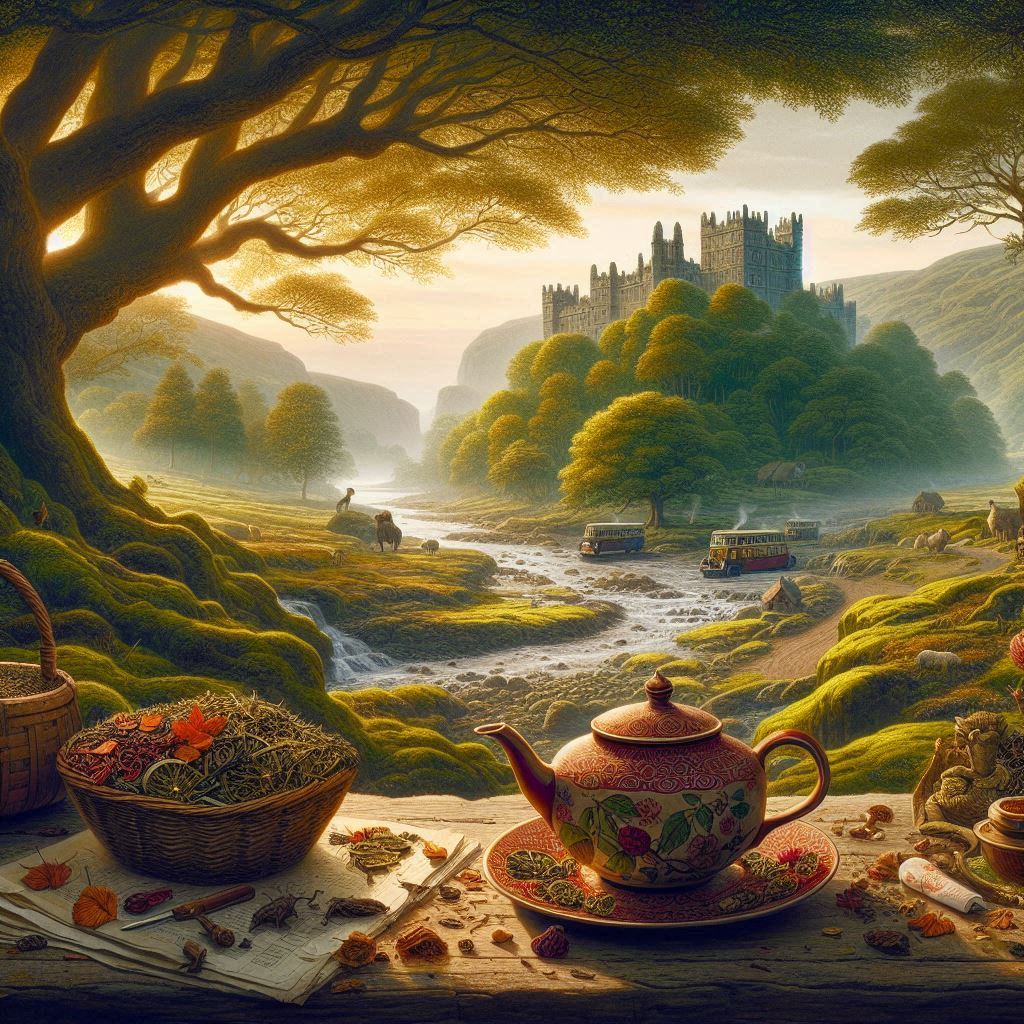
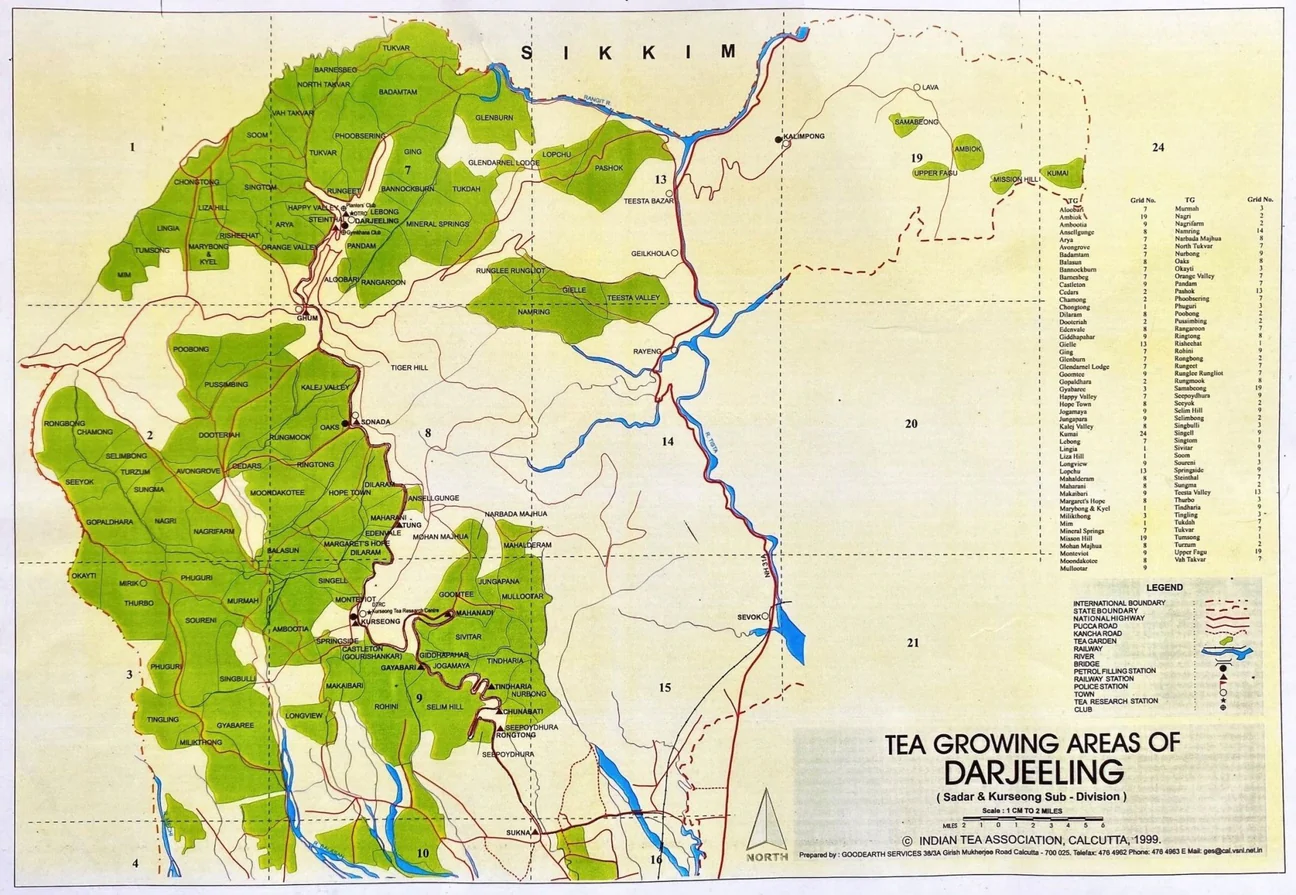
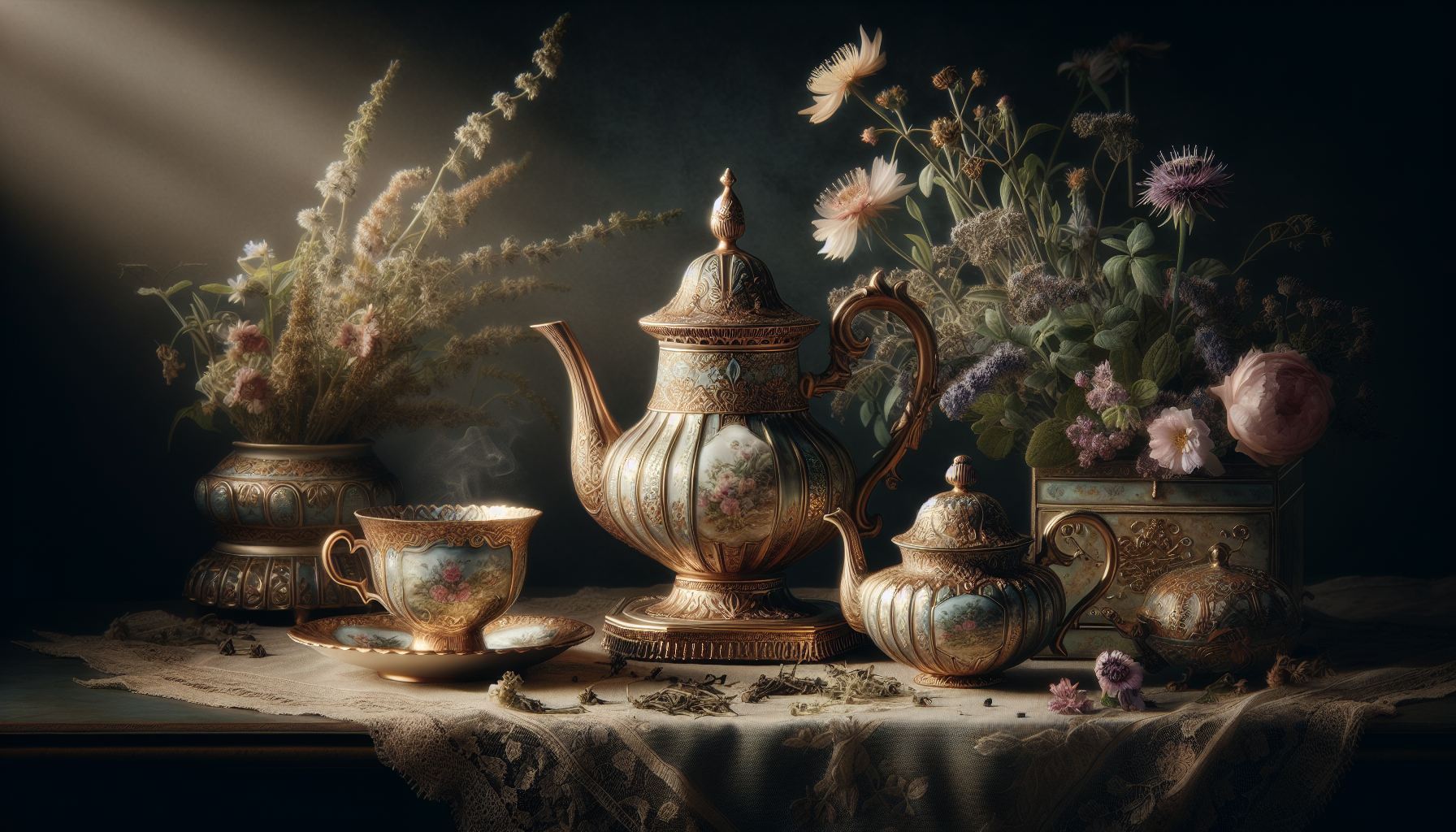
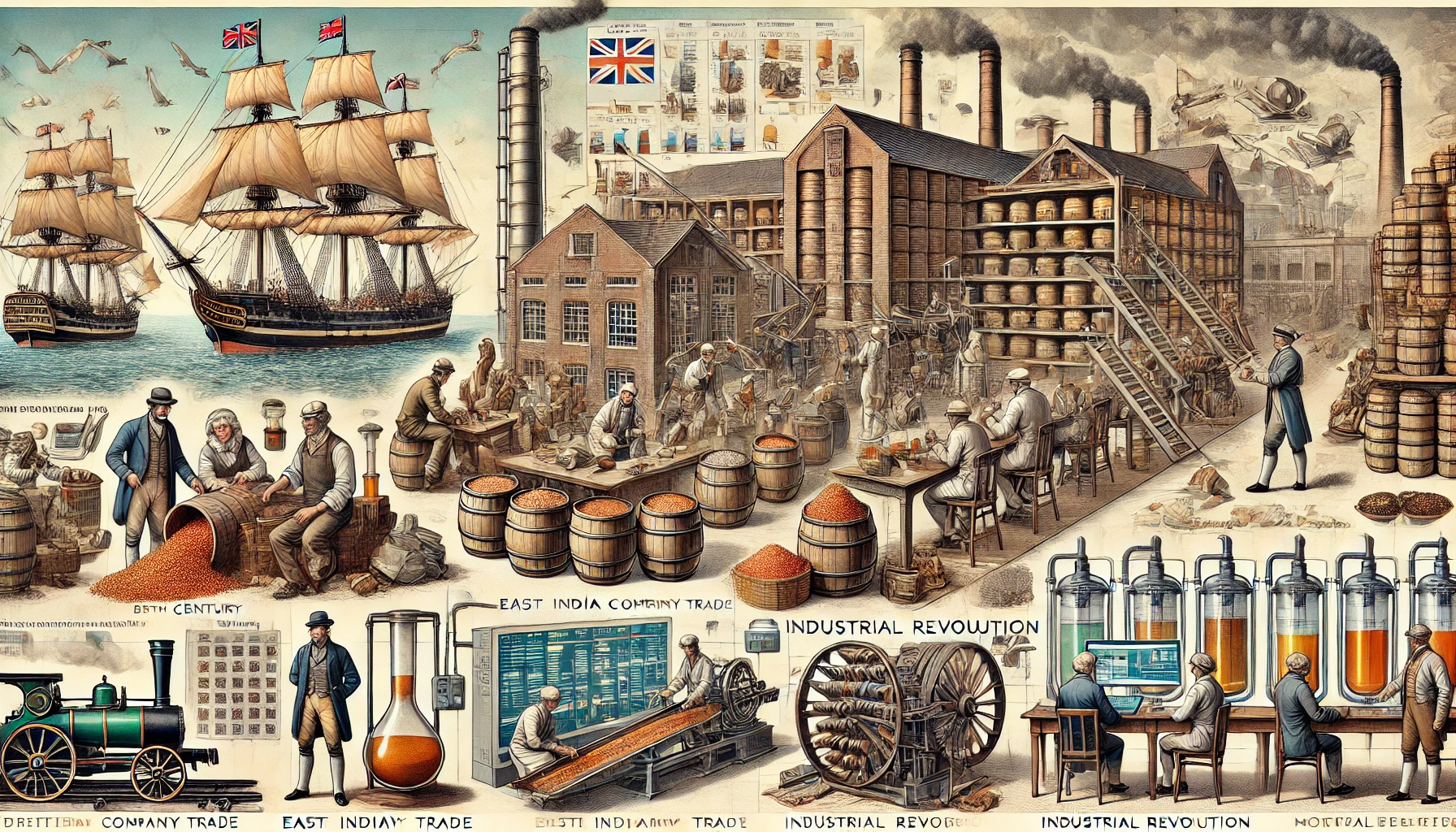
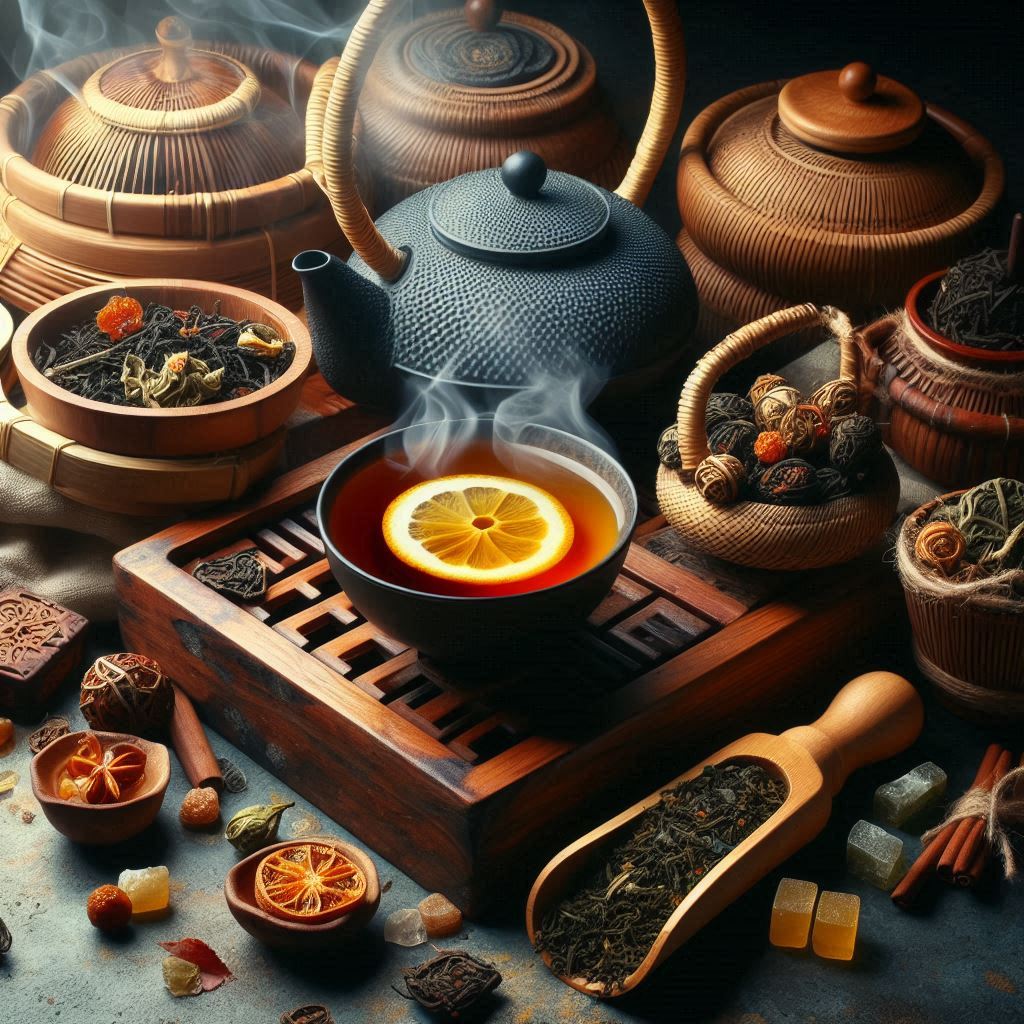
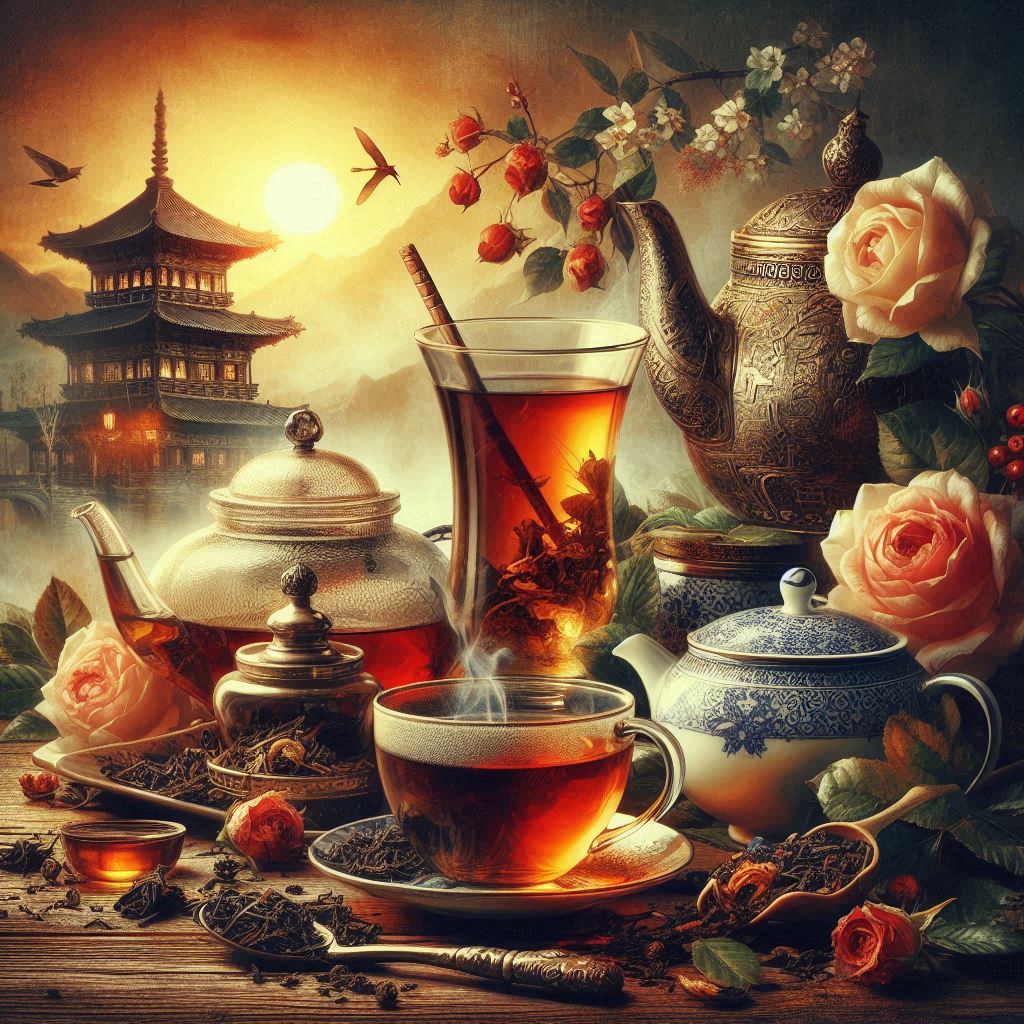
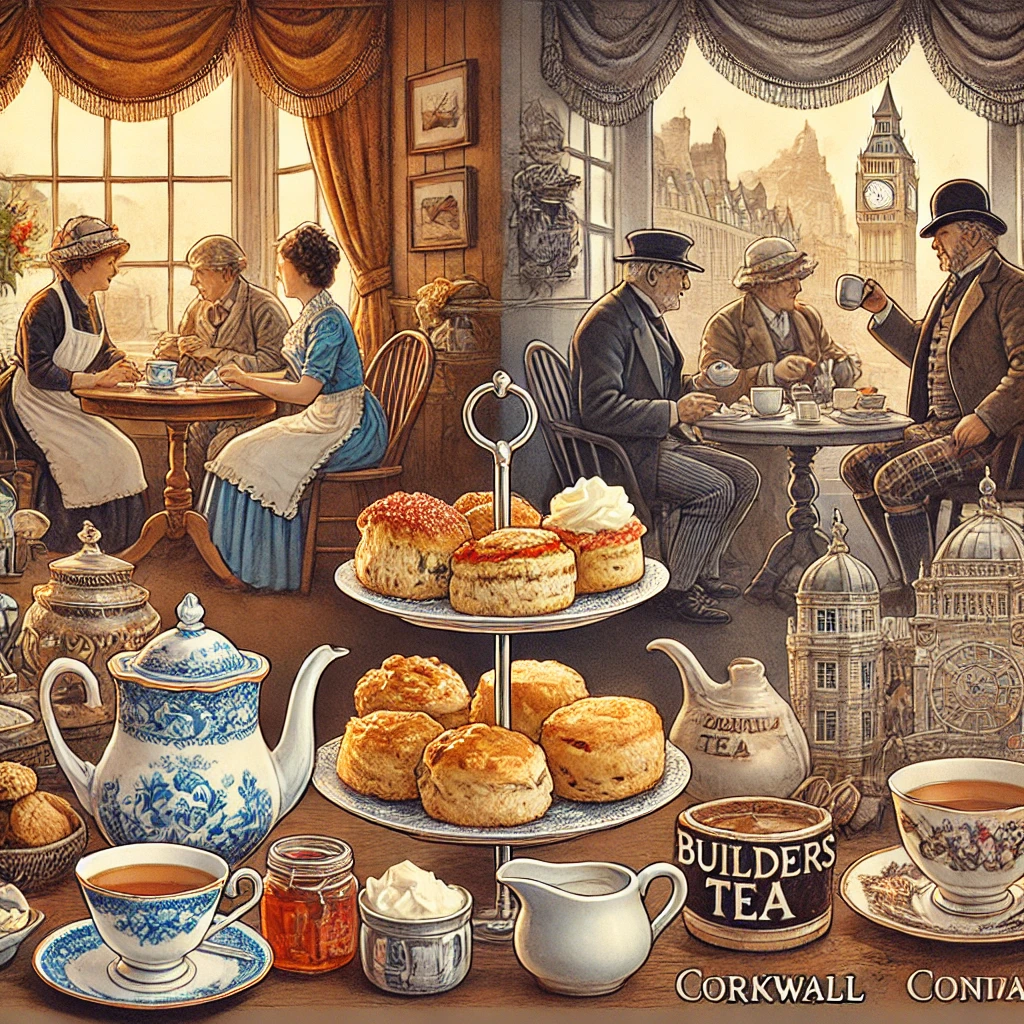
コメント